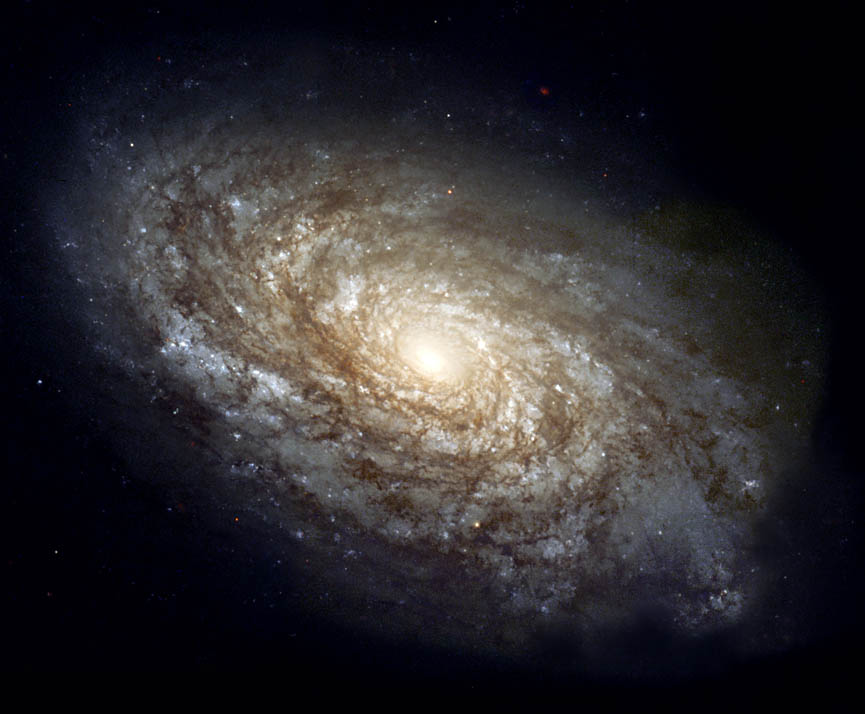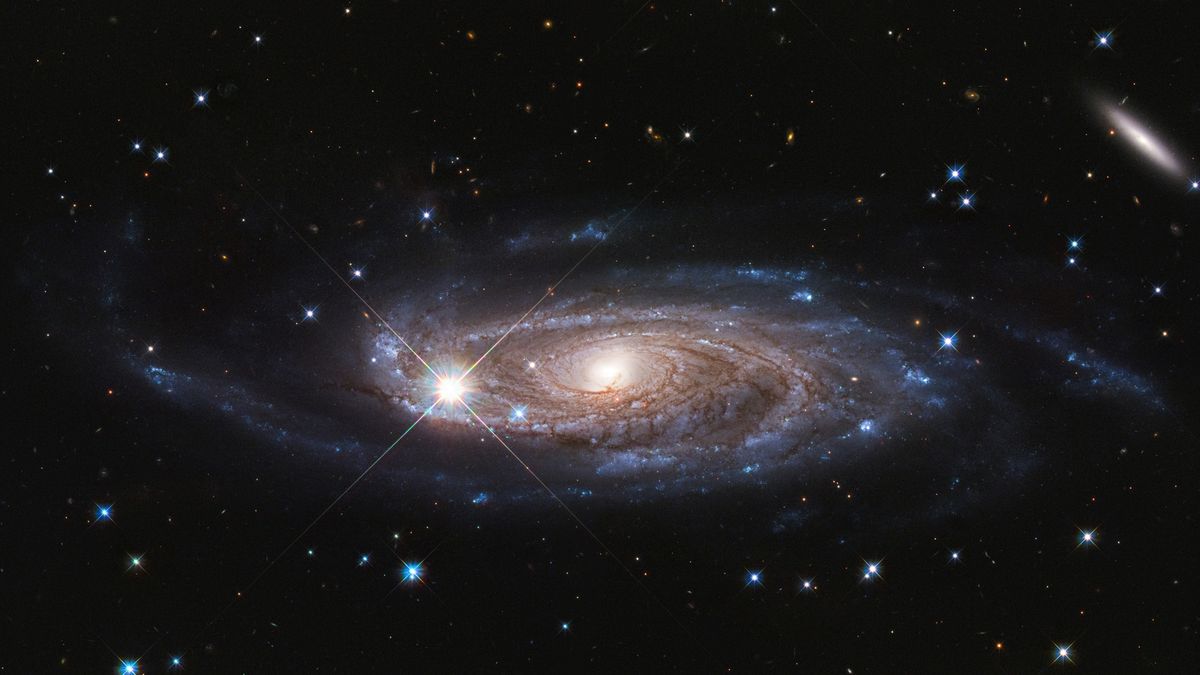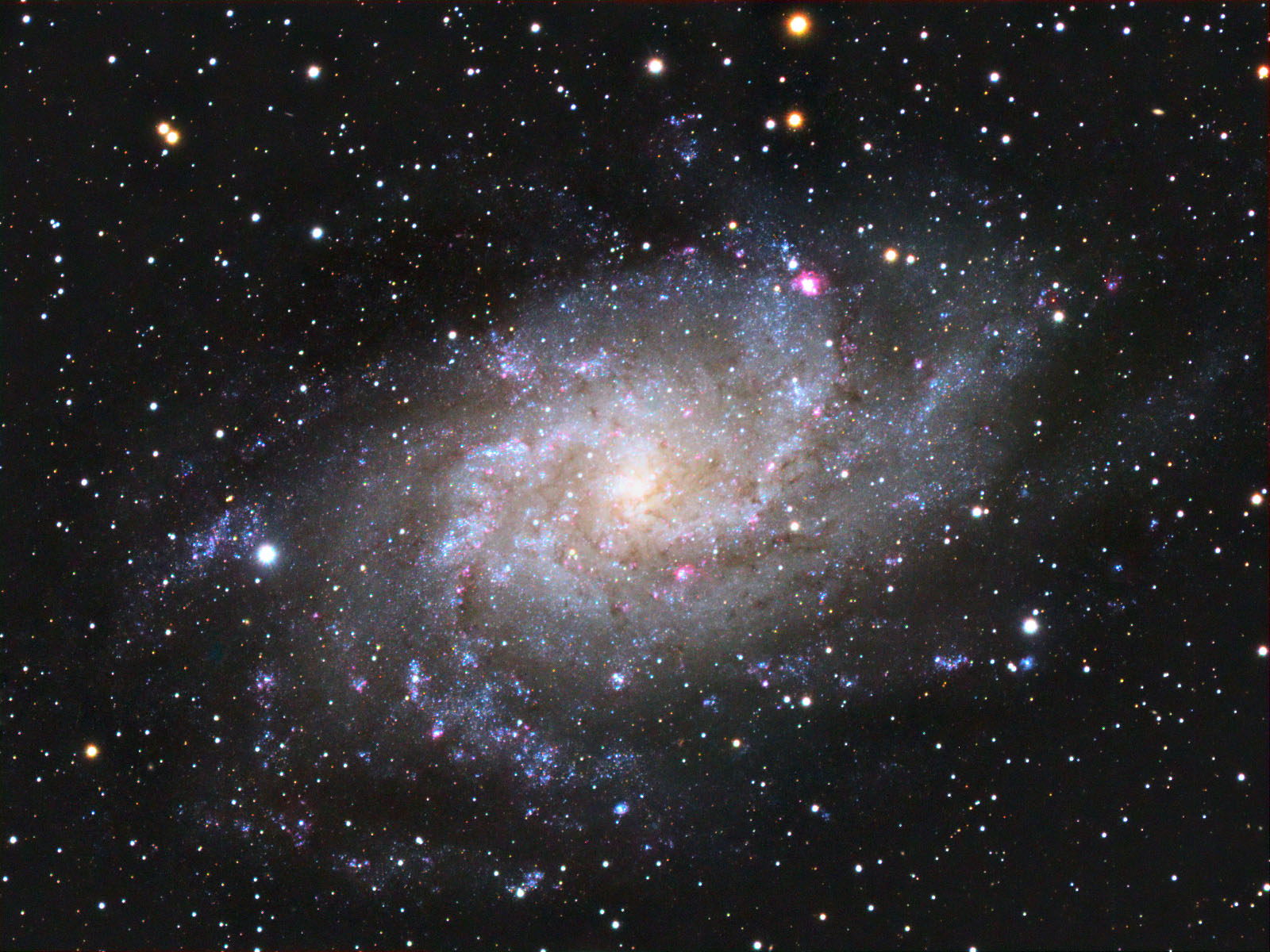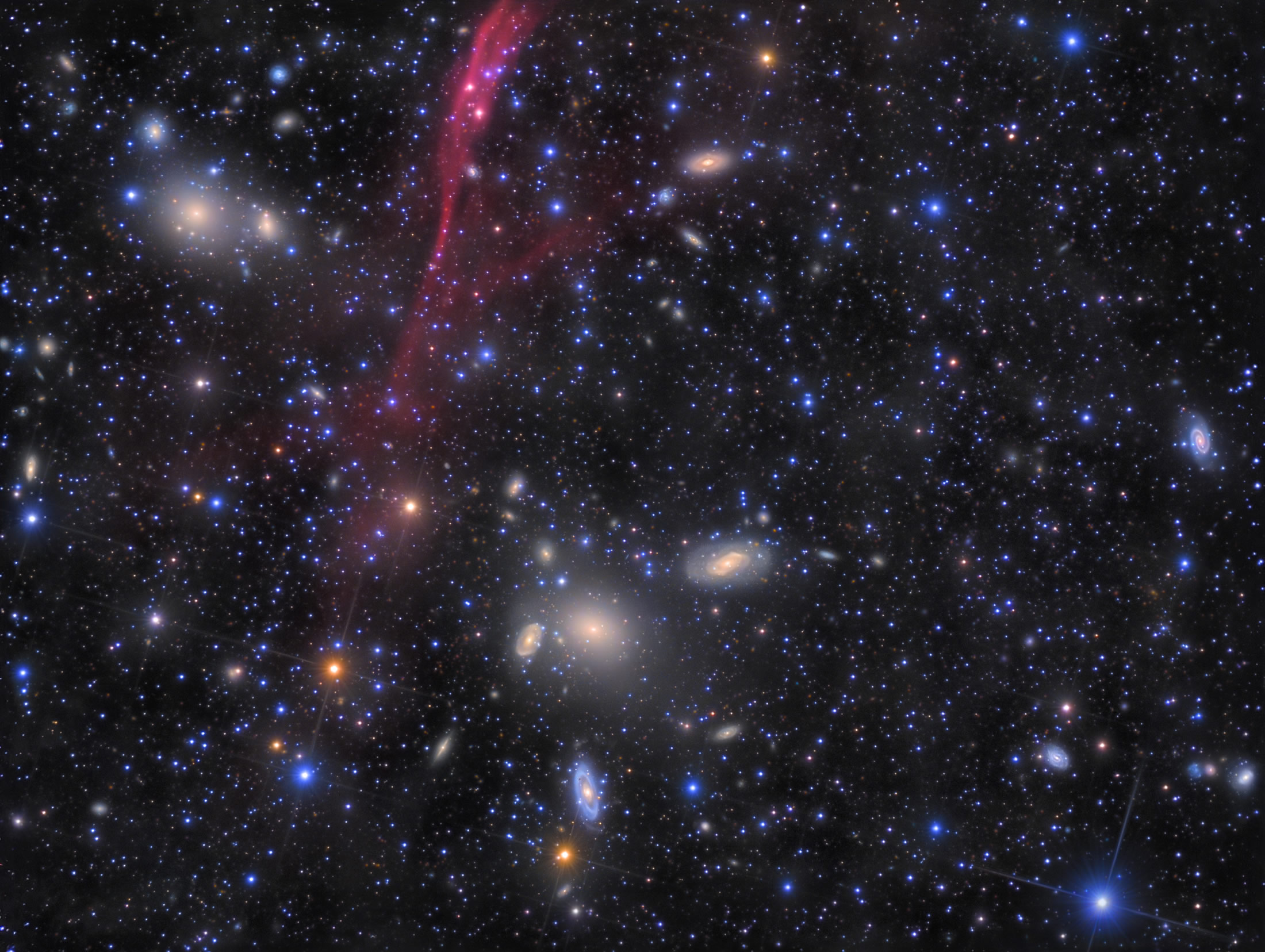Table of Contents
- What is a galaxy? | Live Science
- Milky Way Galaxy Information
- NASA Galaxy – AllAboutLean.com
- Spacebook – Dr Anne-Marie Weijmans | Royal Museums Greenwich Blog
- Galaxy | COSMOS
- The Galaxy
- 3dsmax milky way home galaxy
- Galaxy
- Starry Milky Way Galaxy image - Free stock photo - Public Domain photo ...
- Astrodude's Images



What is a Galaxy?



Structure of a Galaxy

- Central Bulge: The central region of the galaxy, often containing older stars and a supermassive black hole.
- Disk: The flat, rotating disk of stars, gas, and dust, where star formation occurs.
- Halo: The outer region of the galaxy, comprising dark matter and a diffuse distribution of stars.


How Galaxies Form and Evolve
The formation and evolution of galaxies are complex processes, involving the gravitational collapse of gas and dust, star formation, and mergers with other galaxies. The most widely accepted theory is the Lambda-CDM model, which suggests that galaxies formed from the gravitational collapse of small fluctuations in the density of the universe. Over billions of years, these galaxies merged and interacted, giving rise to the diverse range of galaxy types we observe today.
Types of Galaxies
Galaxies can be classified into several types, based on their morphology and properties:- Spiral Galaxies: Characterized by a central bulge and a disk with spiral arms, like the Milky Way.
- Elliptical Galaxies: Egg-shaped galaxies with little to no gas or dust, often found in galaxy clusters.
- Irrregular Galaxies: Galaxies with no distinct shape, often the result of galaxy interactions or mergers.